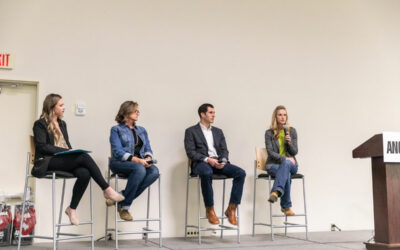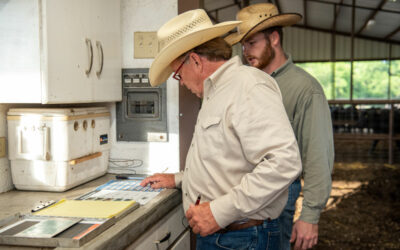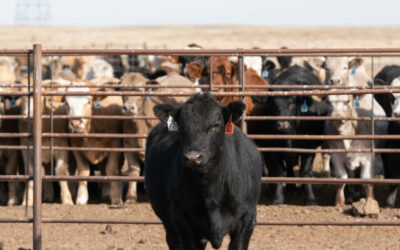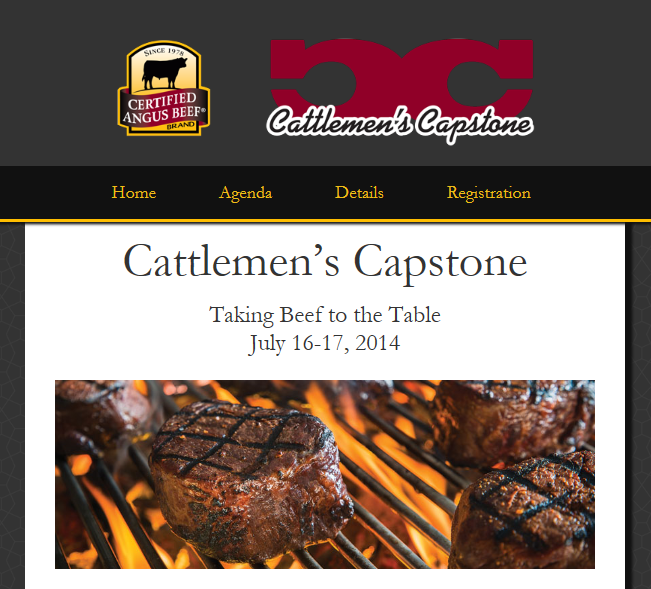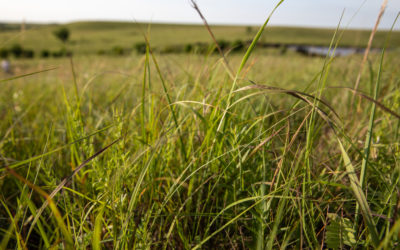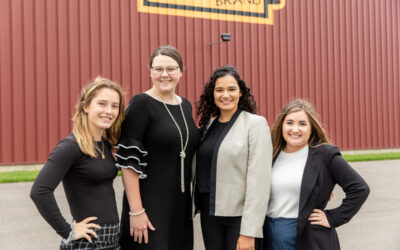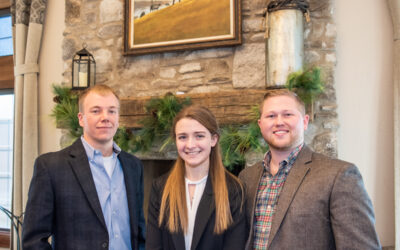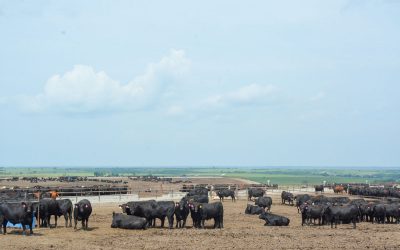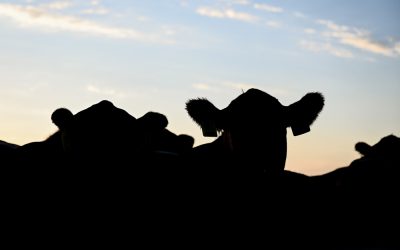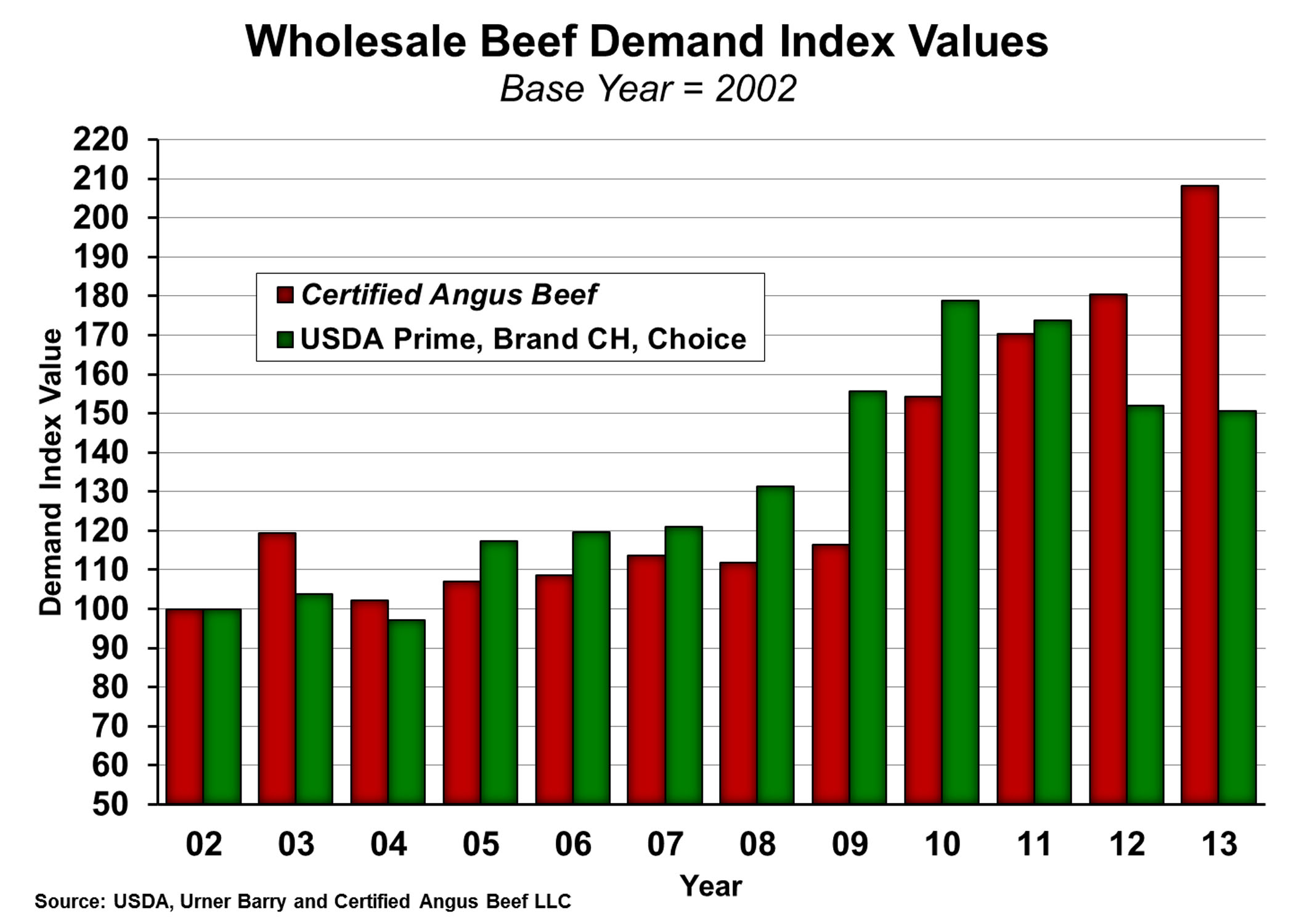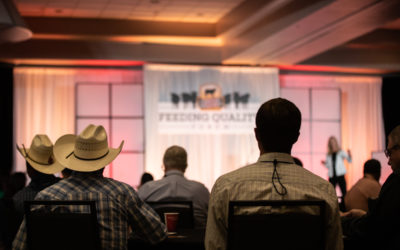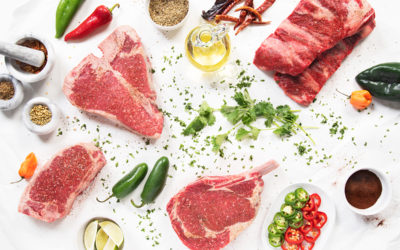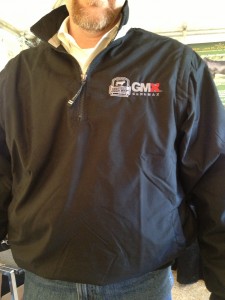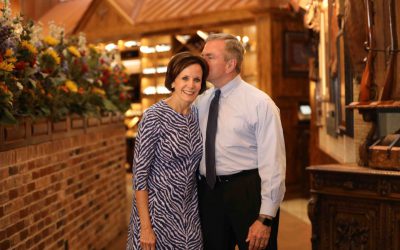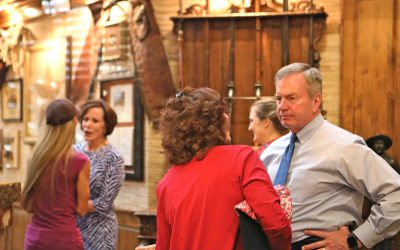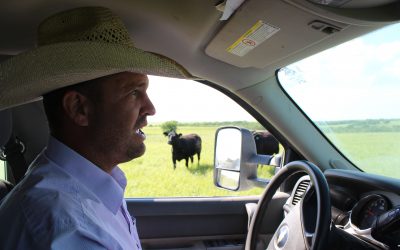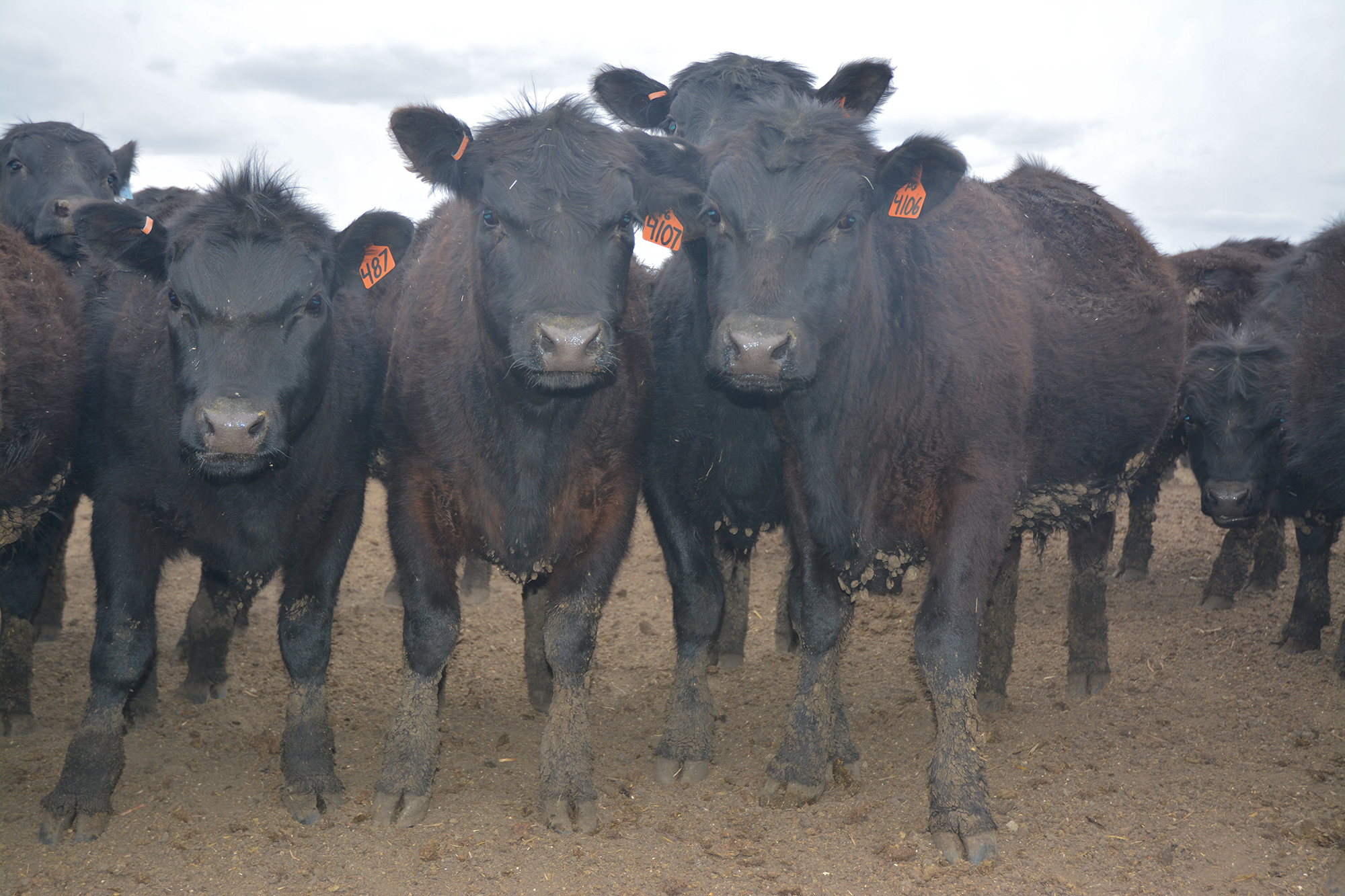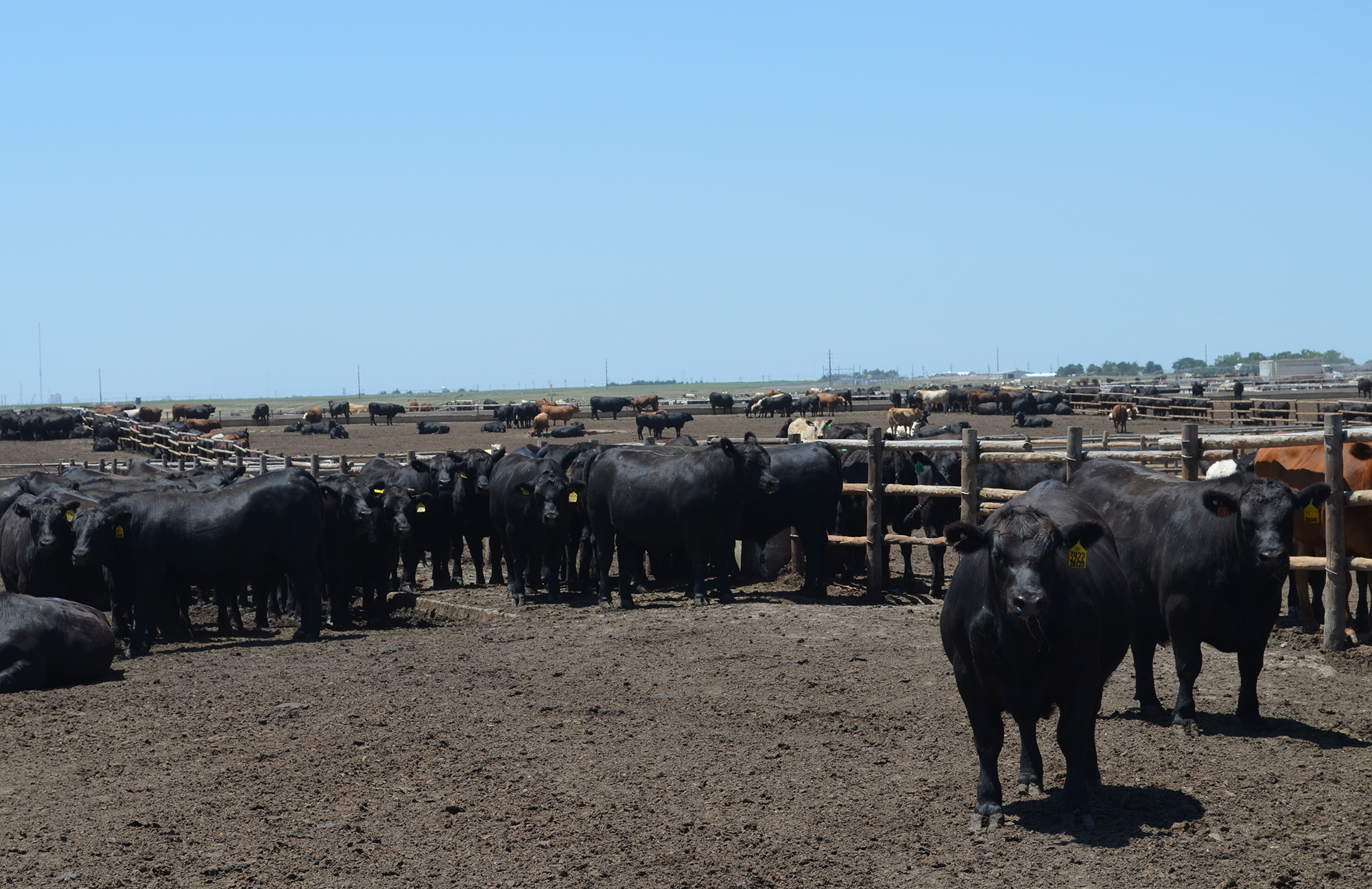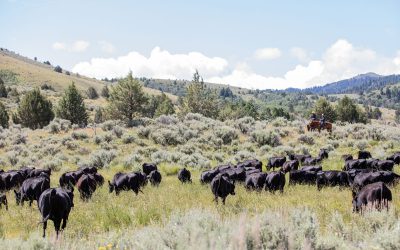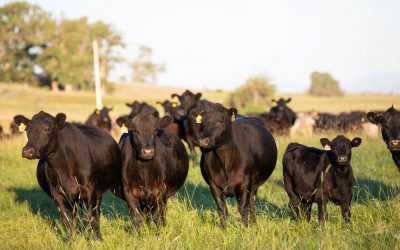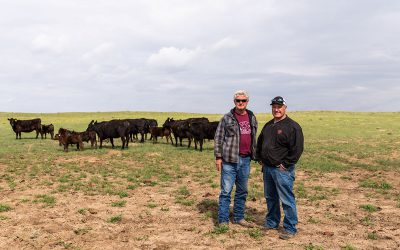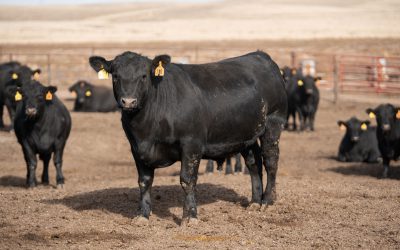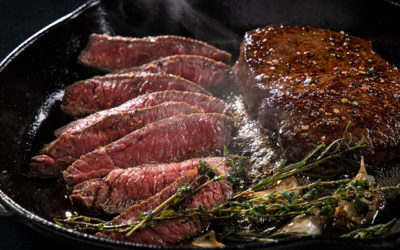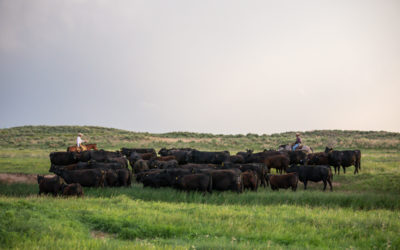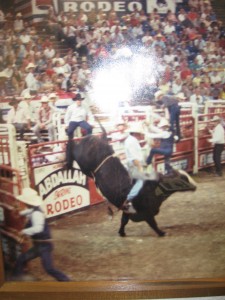
On the safe side with quality
by Miranda Reiman
Insurance? Sure, that’s one way restaurateurs think of the premium paid for high-quality beef, because it helps ensure their customers will leave happy about their center-of-the-plate selections.
“The lower quality products have gotten more expensive at a faster rate than Certified Angus Beef ®,” says the brand’s president John Stika.
That’s not to say any beef category has gone down in price. In fact, for the first seven months of the fiscal year starting last October, Certified Angus Beef ® brand cutout was up 8.6%, from $203.02 for fiscal year 2013 to $220.46 for October to April. But that’s a smaller price hike when compared to lower quality alternatives like commodity Choice, which went up 10.9%, or Select, up 12.5%. Select beef jumped from a 2013 seven-month average of $180.25 to $202.83 for those months this year (See Chart).
“There’s no doubt a sticker-shock in a lot of items,” says John DeBenedetti, president of Del Monte Meat Company and Ports Seafood, in San Francisco, Calif. The specialty meat distributor works with its customers to reduce portion sizes or introduce “value” cuts, rather than pulling beef off the menu or downgrading.

“We very much try to steer people away from trading down on the quality of their products,” he says.
That’s easier to do when the higher-grading beef is not much higher than commodity Choice.
“It’s not worth taking a chance on having a bad eating experience for 25 cents,” DeBenedtti says, noting that’s what the spread amounts to on some cuts. “It doesn’t make sense. If you have one bad meal a night,and you have to comp that meal, then it pays for itself over and over again.”
Adding to the pressure, Mark Polzer, CAB vice president for business development, says although overall food service sales are up, that’s just a reflection of food costs. Actual diner counts are down.
“With a declining number of people going out to restaurants, they’ve got to figure out a way to get people and keep them coming back,” he says.
That’s how Polzer explains the 8.5% jump in the brand’s food service sales compared to the same period during the 2013 fiscal year.
“Customers are saying, for these price points, I can step up toCAB for a few more bucks and I’ll get abetter product at a better value,” Stika says.
CAB middle meats (mainly steaks) sales increased by 250,000 pounds (lb.) this March compared to 2013.
“If you go back to February the numbers are even more dramatic 1.3% higher, and in terms of raw pounds it would be 257,000 lb. purchased,” Polzer says. “We have a consistent trend each month that more CAB middle meats are being purchased than a year ago, even at stronger prices.”
The Choice-Select spread, or the price difference between the two, and the CAB-Choice spreads have both decreased significantly from last year, the latter down almost 27%. “But look at how much more a CAB carcass is worth compared to a Select one,” Stika says.
The seven-month average shows an 850-lb. Select carcass worth $150 less at $1,724.
“We don’t have to give up performance or pounds,” he says, noting carcasses that meet the brand’s specifications are, in fact, heavier than average.
And today’s pricing offers an opportunity for new accounts to get a taste of premium products.
“Big spreads are great for a while, but you never get anyone to ‘trade up’ when it’s really, really wide,”Stika says. “We have a tier of customers that wouldn’t see the economic feasibility of trying the product because they’re more focused on price.”
If they take a chance on it now, they may put more emphasis on the latter part of the price-value relationship when the price structure changes again.
DeBenedetti says many people just won’t accept lower quality offerings anymore. Premium Choice has become the gold standard of the industry.
“When you look at the differentiation between CAB and Choice, there’s no reason for that owner not to take that step up, especially when you know that the average person is not eating as much beef as they once did,” he says.These times call for insurance more than ever, says DeBenedetti, and today’s prices make that a pretty convincing sell.
You may also like
Producers Can Influence Sustainability
Sustainability is a new target for producers. While there are no plans to meet these goals yet, there is interest in how cattle can be part of the solution. It comes down to the adage, “trust but verify,” and verification will need to come from those raising beef.
Sustainability Cents
Sustainability is an all-encompassing term for social, environmental and economic business needs. The popular, updated term describes many of the same best practices cattlemen have put to work for generations.
Prime Grade Prompts Attention
Prime cutout values and grid premiums have been rich in the third and fourth quarters of the past two years. Yet the spillover into the first quarter this year shows that the market is reacting to the recently smaller availability, retreating back to the 2019 supply pace.

